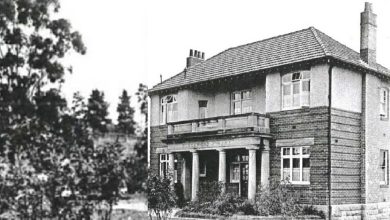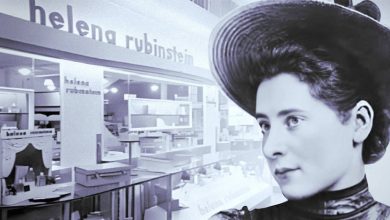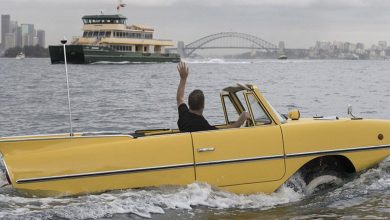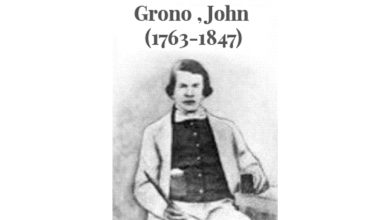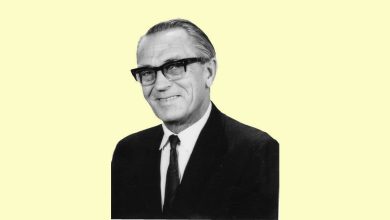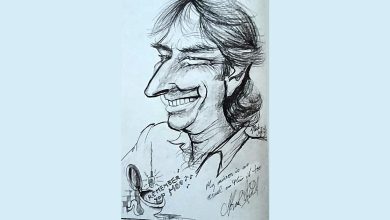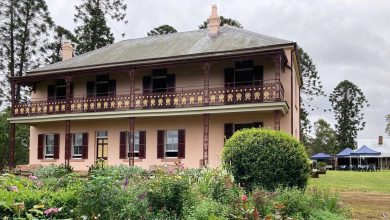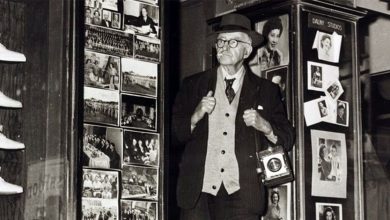Most of us as teenagers loved our music. With music comes thoughts of dance.
Picture, if you will, young couples in the 1920s dancing the jitter-bug much to disgust of their parents who would have danced the more sedately waltz or perhaps out in the countryside away from the cities local dances would have been a little more vigourous. Perhaps a jig or two.
Dances like the waltz or quickstep meant that the female of the couple would glide backwards in the arms of her partner whilst he guided her around the dance floor keeping a eye out for obstacles such as other couples on the dance floor. The jitter bug came about partly as the result of the new found freedoms enjoyed by the young after the cessation of hostilities of WW1 and the changing music tastes of the youth.
As travel became more popular we were introduced to various forms of music and dance and consequently the latin beat of South America influenced our tastes and dances such as the Cha-Cha, Rhumba and Samba grew in popularity. (As competitive ballroom dancer in the 1960s, I just loved these latin dances) The Paso Doble which originated in Southern France in the 1930s emulates the bullfighting traditions of neighbouring Spain. Whist the male of the dance partnership is the matador the female represents the cloak and I find it is quite thrilling to watch. Other popular dances of the time included the Old Time Barn Dance where you would swap partners as you danced around in a circle. Other forms of dance became popular also as a result of exposure to other cultures through travel such as the “Hula” or the “Tamoure” both from Polynesia with the shaking and swaying of the hips.
After the second World War the youth of the time again took to the dance floor with dances such as the “Jive” which evolved into the rock’n’roll sound and dances of the 1950s and early 60s. In the mid-60s however couples largely ceased to dance holding each other. Dances evolved where you could either dance alone without a partner or dance facing each other or in a line. Chubby Checker became famous with his music and dances of “The Twist”, “The Pony” and “The Limbo”. Downunder here in Australia, artists such Little Pattie (Stomping At Maroubra), The Atlantics (Bombora) and Johnny Devlin (Tumbarumba Stomp) made the “The Stomp” one of the most popular dances of the mid 60s in Australia. Other dances that did not involve having a partner included “The Hitchhiker” and the “Madison”. The footwork of some of the British music groups of the mid 60s such as the Shadows also had some influence as did Australia’s Billy Thorpe with his footwork and hands behind his back when performing “Poison Ivy” on stage and TV and who could forget Normie Rowe’s “Shaking All Over” with Normie on stage shaking from head to toe or at least to his kneebone.
As I got older, my wife and I joined a line dancing group which we both thoroughly enjoyed for awhile until my wife suffered from illness and we both became more and more busy with our business commitments.
What dances did you enjoy? Write and tell me about your experiences on the dance floor.
Now my dancing days are all over as age and physical ailments have caught up with me and continue to restrict me from dancing the light fantastic. So I’ll just shuffle off the floor for now until next time.
Don’t forget to contribute your memories and also any old photographs that you would like to see published in this magazine’s “As We Were” section.
NOW WHAT ABOUT YOUR MEMORIES OR YOUR STORY.
This page is about memories so tell us yours. If you have some great memories, or perhaps you belong to a local community organisation and would like to share your organisation’s history or story with us then feel free to share your memories or experiences by writing to 17 Rose St, Baulkham Hills NSW 2153 or email to [email protected]. You can also share memories on any of my Facebook memories groups including Hills District Memories which you will find at https://www.facebook.com/groups/Hills.memories/

